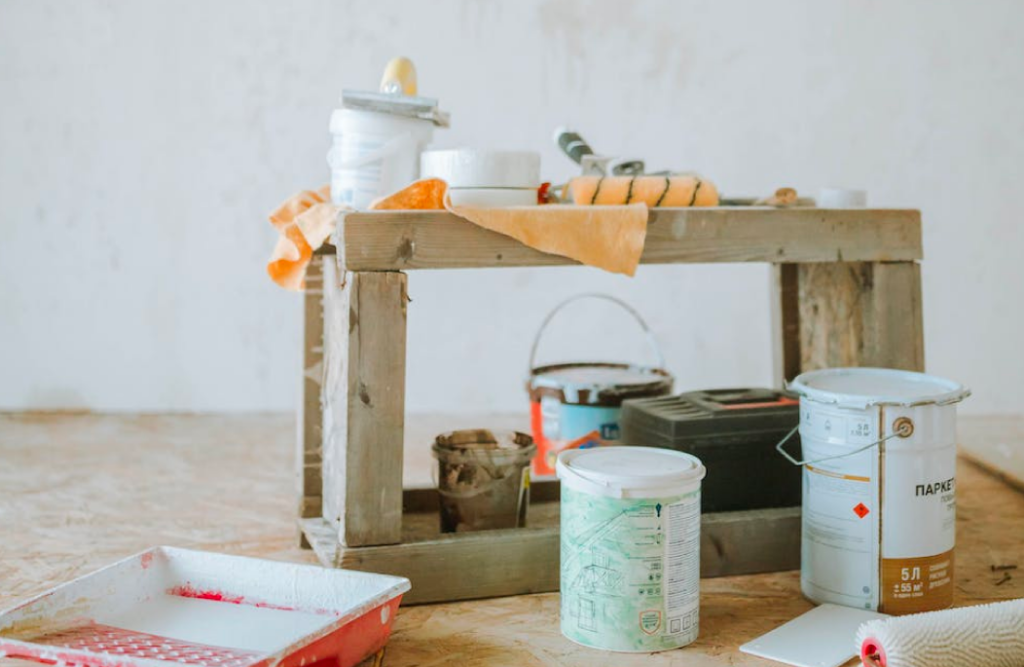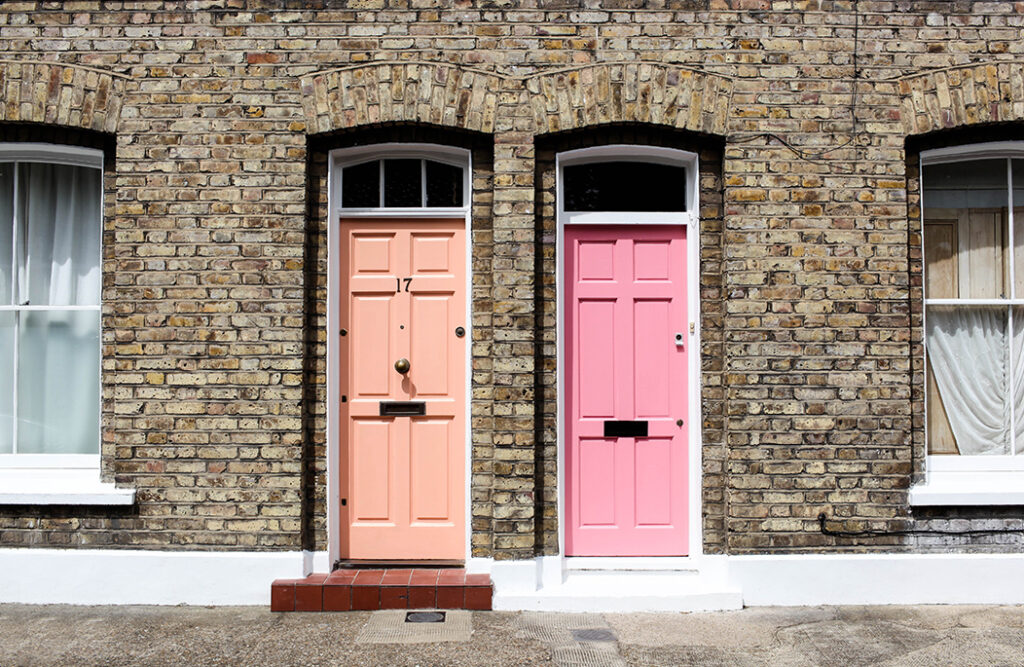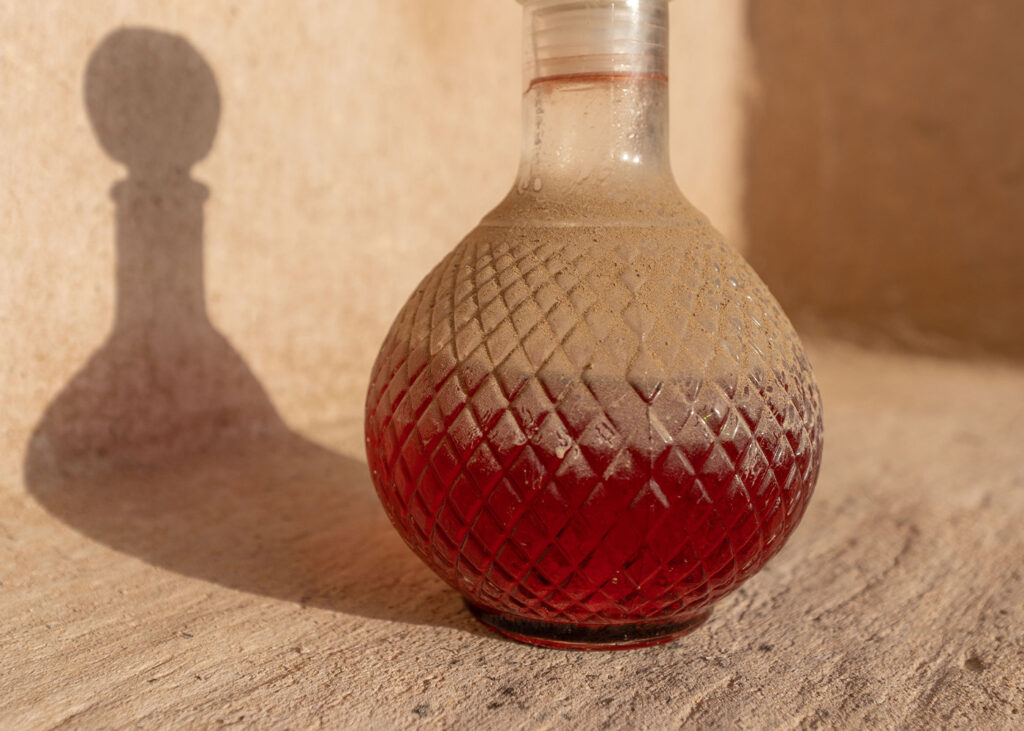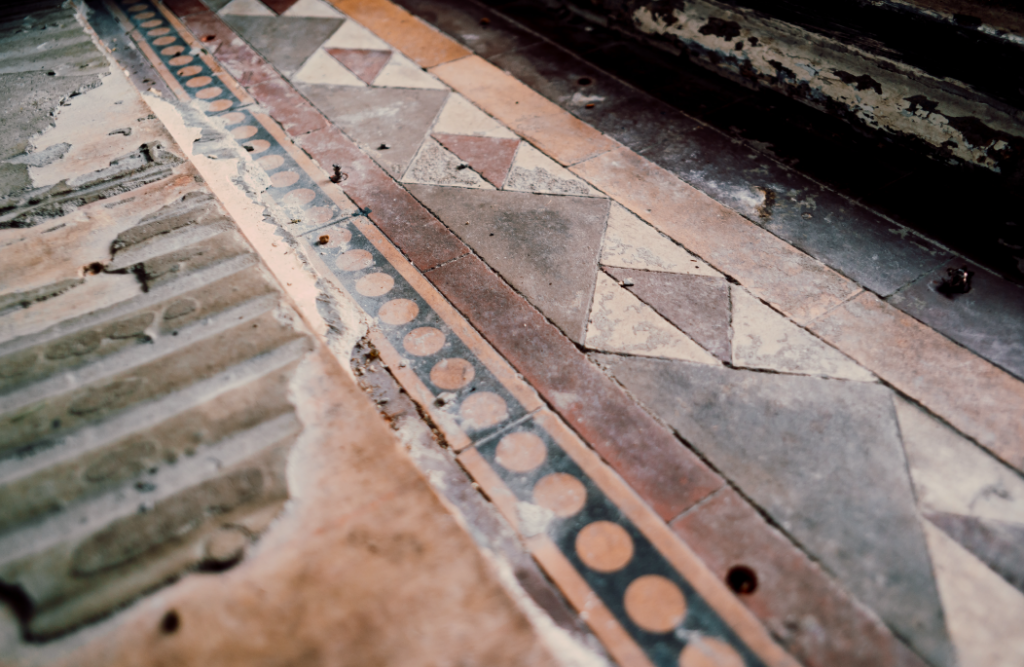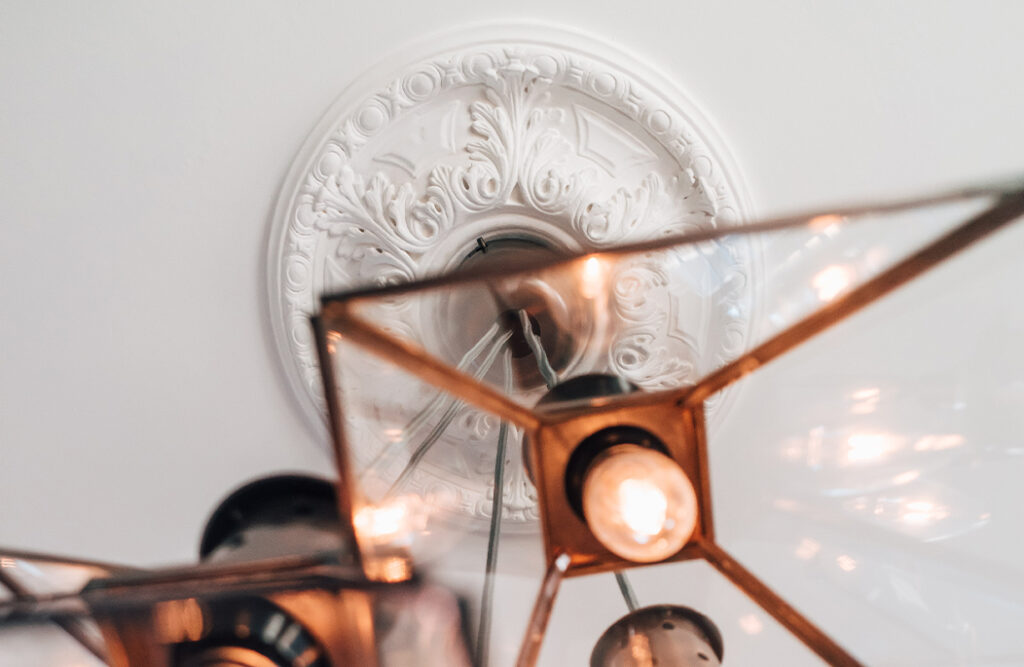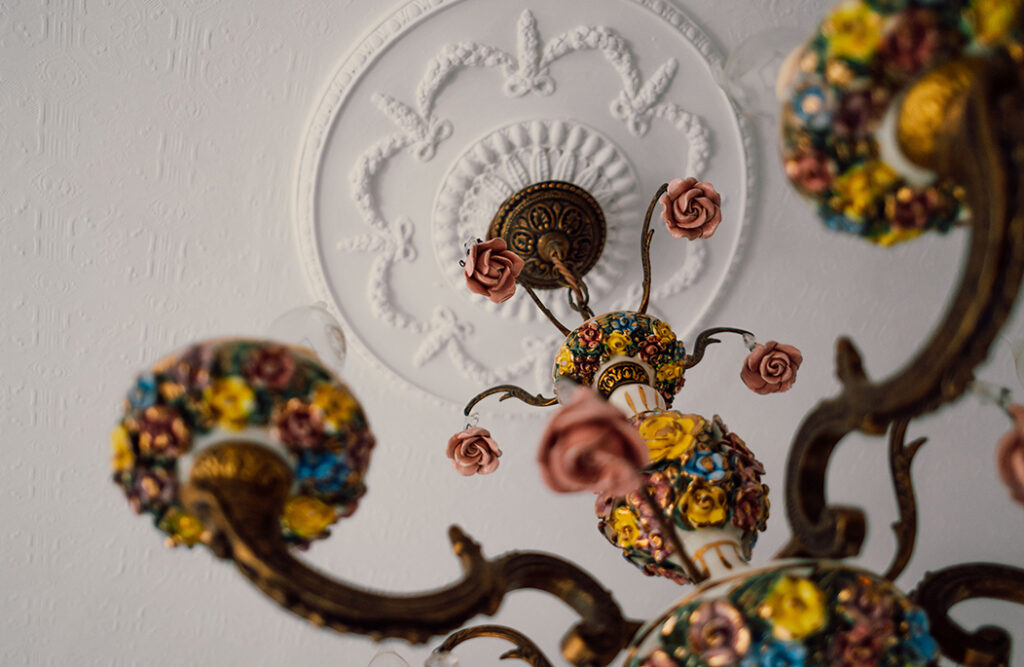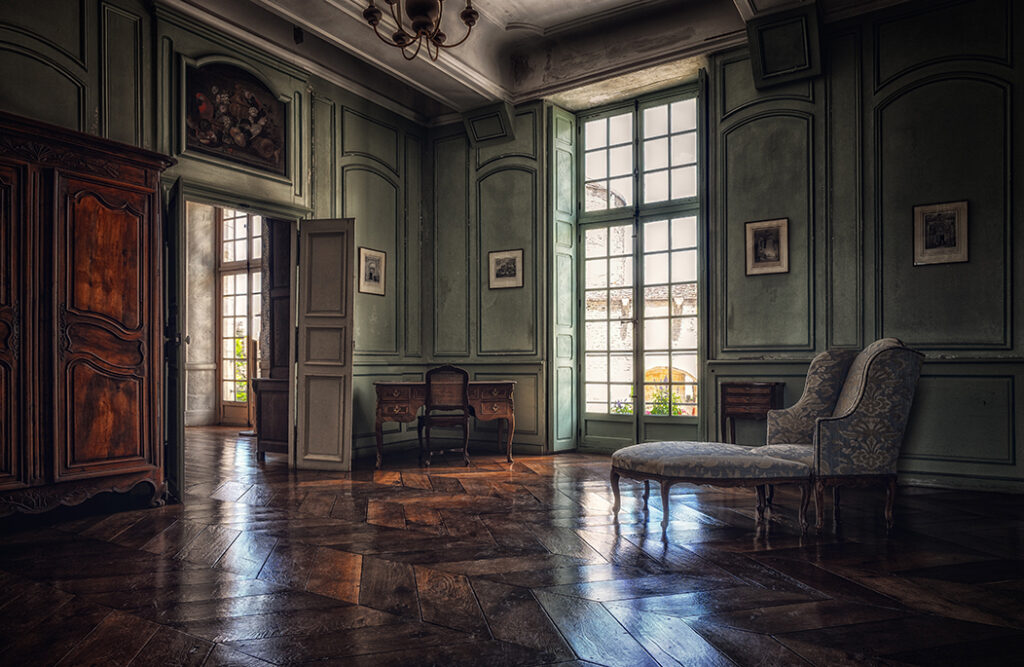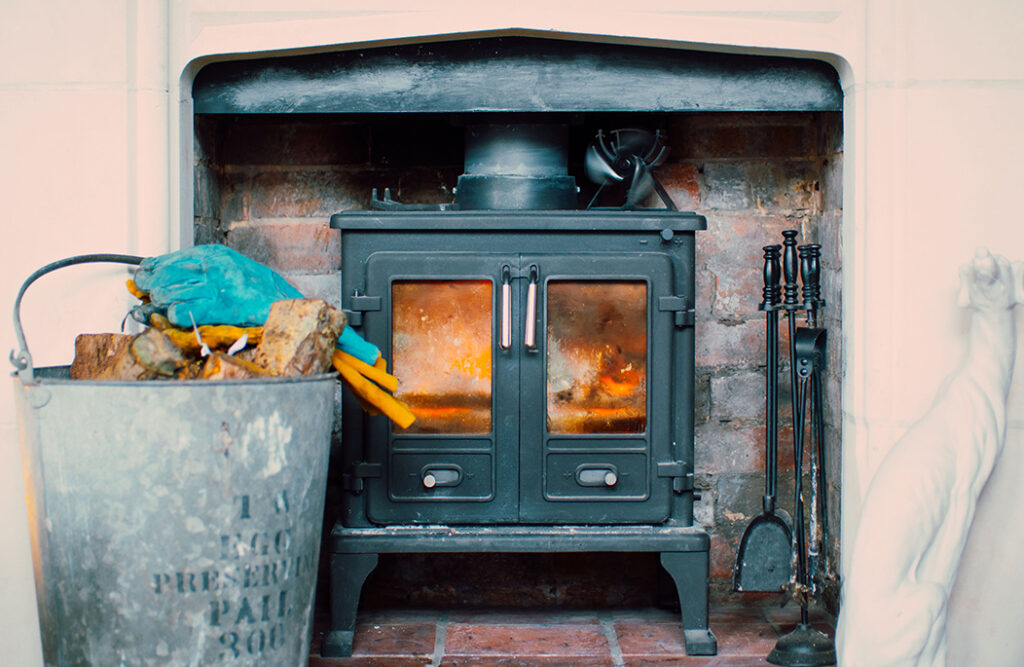Broadly speaking, ‘period properties’ were built before World War I using a wide variety of materials, styles and construction methods. Some of them are particularly prone to damp problems.
During Queen Victoria’s reign, there was something of a house building explosion as workers migrated from the countryside to live in towns near the new factories that sprang up as a result of the Industrial Revolution.
Most homes were built with solid walls which can quickly develop condensation problems as they present large cold surfaces.
Where the original render failed, these exterior walls allowed driving rain to penetrate. Timber was also used in the construction of Victorian properties, which poses a risk of rotting in damp environments.
download the full victorian homes ebook
Download Victorian Homes, a free ebook created by Adrian Flux insurance services. It is full of Victorian house facts, tips on how to create a Victorian style house — even if you live in a new-build home — and advice on where to source original Victorian and reproduction fixtures, fittings, furniture, accessories and art.
Changes in Victorian construction techniques
Cavity walls were first used in the late Victorian period from about 1871 to 1901. The cavity wall was constructed with two skins: the exterior, which offered protection from the elements, and an interior one, which provided a dry level surface for decoration.
The all-important element of this type of construction was the cavity, i.e. the gap between the two skins that enabled air to circulate and prevent damp from penetrating.
Damp-proof courses were introduced around 1875, at which time they became a compulsory element of planning regulations in London and other large cities.
Wall and underfloor air bricks, which allow air to circulate and ventilate rooms, were also introduced around this time.
Read our blog to find out about more construction problems you may find in your Victorian home.
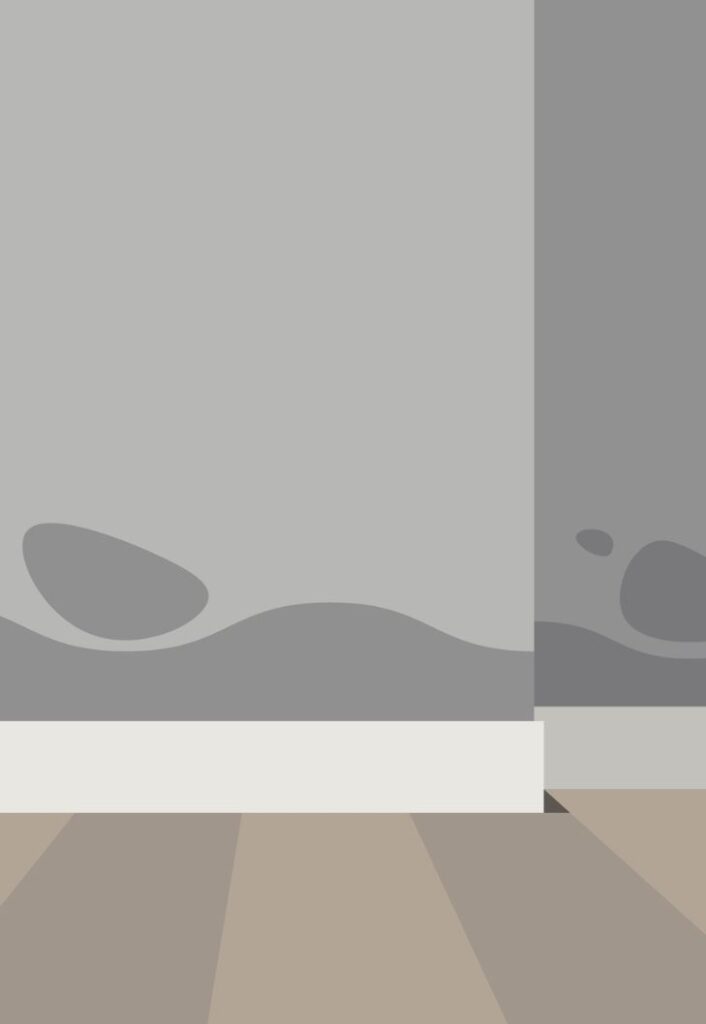
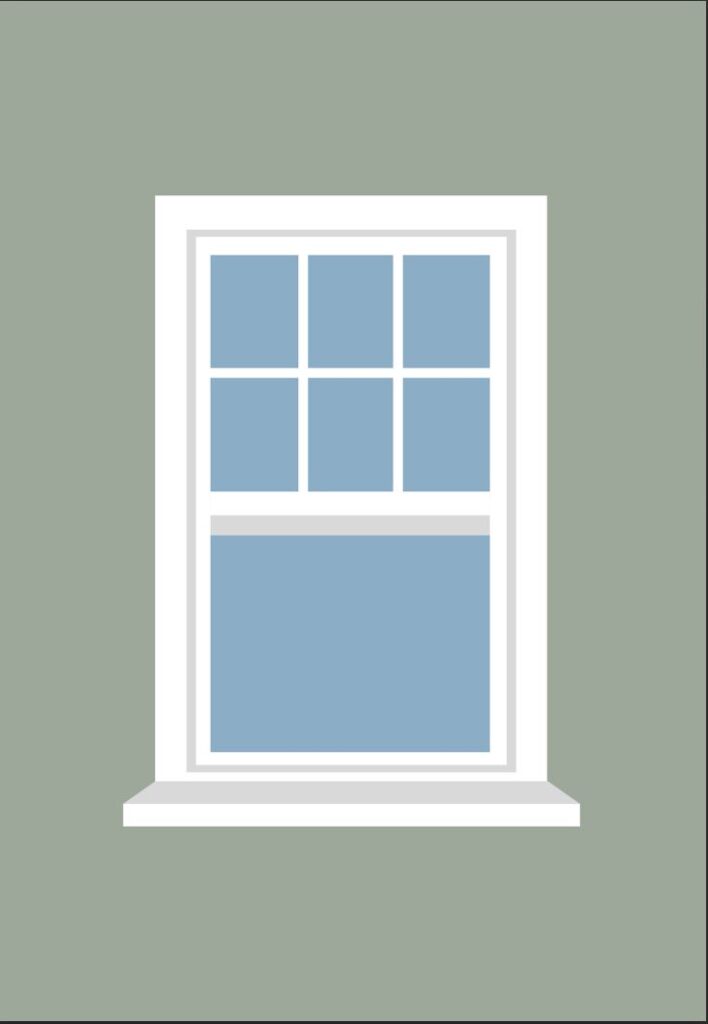
What are the main causes of damp?
The main causes of damp in the home are condensation and penetrating water, usually rain water. There are two types of condensation that may affect your Victorian home: surface condensation and interstitial condensation.
Surface condensation
Surface condensation occurs on walls, ceilings, window sills and the like inside your home. The best example of this is when the windows in your home steam up on a cold day, because it’s warm inside and cold outside.
The warm air inside your home condenses on the cold surfaces, and if left to continue it can lead to bubbling paint and plaster, wallpaper staining, and the growth of ugly black mould.
This is usually caused by poor ventilation and is easily fixed with air bricks and window vents.
In many modernised Victorian homes, old fireplaces have been sealed off, which can contribute to ventilation problems. Poorly planned conversions and extensions can also lead to increased risks of damp. Read our blog to learn about six projects for your Victorian home renovation.
Interstitial condensation
Interstitial condensation occurs inside the floors, walls or roof. Warm air vapour passes through the surface and cools down within the structure, leading to condensation which can result in rotting timbers and the overall deterioration of the building.
Interstitial condensation is a major concern. The best way to tackle it is by ensuring any wall insulation has a specially calculated temperature gradient which prevents moisture being trapped.
Penetrating damp
Cracked and damaged brickwork or blocked or misplaced guttering can lead to rain and moisture from outside entering your home. Chimney stacks and roofs are particularly vulnerable to rain penetration.
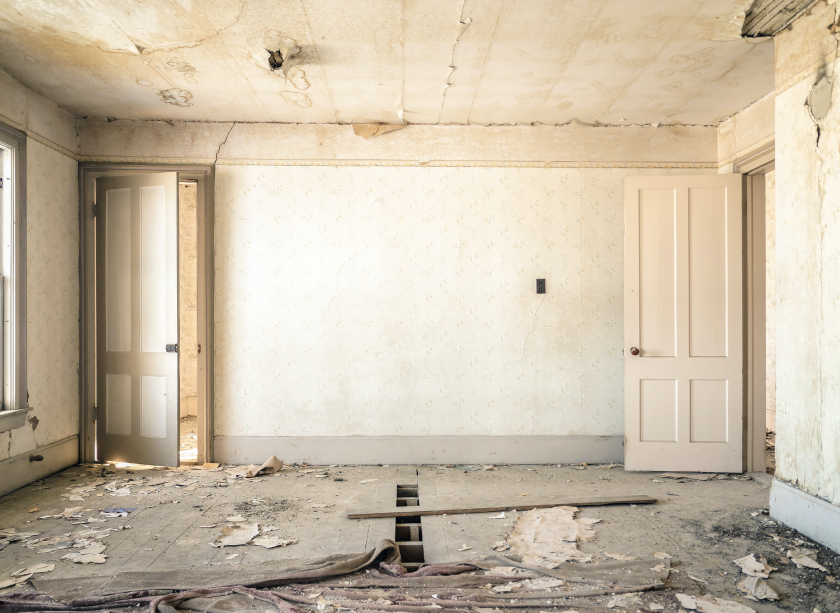
What harm can be done by damp in the home?
Damp in the home can cause a number of issues, both to the property and to its occupiers. This includes:
- Serious structural damage
- Damage to internal decor and furnishings
- Making your home less economical to heat
- Aggravating health problems such as respiratory infections, allergies and asthma
What can I do to tackle damp in my period home?
Follow these tips to help prevent damp from occurring in your property:
- Reduce external ground levels which may have raised over the years to bridge the damp proof course
- Balance insulation and ventilation. Open windows across opposite sides of rooms to allow cross ventilation
- Install extractor fans or heat recovery units to help increase ventilation and reduce condensation
- Install extra air bricks and window vents
- Use lime-based plasters in renovations rather than cement
Owning a Victorian home isn’t all bad news
Read our blog to discover 12 reasons to buy a Victorian home and find out why you need the correct home insurance for your period property. Adrian Flux home insurance customers saved an average of 31% in 2021 when taking out a policy with us. See how much you could save by giving us a call.



